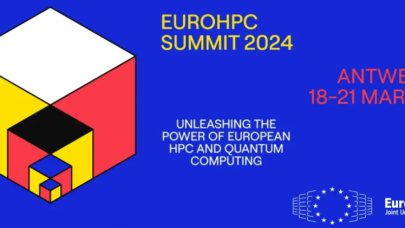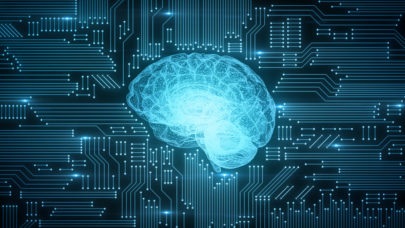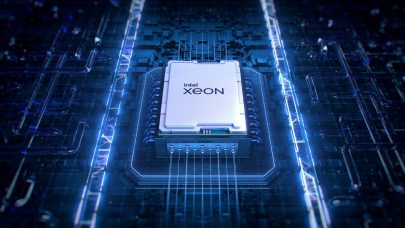SCIENCE & ENGINEERING NEWS
Glasgow, SCOTLAND — Data presented at the 5th International Congress on Drug Therapy in HIV Infection for the first time revealed the mutations in the genetic code of HIV that make the virus resistant to the HIV drug d4T (stavudine). The mutations were identified using an artificial intelligence technique known as neural networks. This technique is now being applied to fine-tune Virco’s VirtualPhenotype test, making it the most sophisticated and accurate system for predicting drug resistance from the genetic “fingerprint” of a patient’s HIV.
While resistance to d4T has been observed in the clinic, its genetic basis was poorly understood. The neural networks technique identified a group of 26 mutations in the HIV genetic code that, in different combinations, cause resistance to this drug. The data indicate that the genetic cause of resistance to d4T is more complex than was previously thought and than for other drugs in the same class. A previous model of d4T resistance, based on nine mutations, published by Stanford University and used by some clinicians to interpret genotypic information, was also tested and proved inadequate for predicting resistance to d4T.
“This is a very important development,” said Dr. Stefano Vella, President of the International AIDS Society. “Firstly, these data indicate that neural networks could prove extremely valuable in furthering our understanding of resistance to HIV drugs and improving our ability to manage resistance for the benefit of our patients. It is also a fascinating example of how we are using advances in a variety of different disciplines and applying them, in an integrated way, to accelerate progress in the HIV field.”
Historically, HIV drug resistance testing has been approached in two ways:
— The phenotype – a direct measurement of the effect of drugs on the growth of virus derived from a patient’s blood sample
— The genotype – the genetic code of the patient’s HIV is read and any mutations identified (an indirect assessment of HIV drug resistance)
Genotyping is the quicker and more commonly used approach. The challenge is then to interpret the information. There are over 100 known individual mutations involved in HIV resistance, which interacts in highly complex ways, making this interpretation extremely difficult.
In this study, neural networks were fed with both genotypic and phenotypic information from 2,098 patient samples and this information was used by the neural networks software to generate large numbers of simultaneous equations: in essence trying different combinations of mutations to try to ëexplain’ the phenotypic changes in resistance to d4T. The neural network runs over and over again, learning from each run, to improve on its predictive accuracy. The model constructed by the neural network, involving 26 mutations, was then applied to the genotypes from 188 test samples and was able to predict their phenotypic resistance with an accuracy of 80%.
“The causation of HIV drug resistance is extremely complicated,” commented Dr. Brendan Larder, Chief Scientific Officer at Virco and presenter of the study. “This approach harnesses enormous computing power to unravel the complex relationship between genetic changes and the resistant behaviour of the virus. The use of neural networks is helping to make the Virtual Phenotype the most sophisticated and accurate predictor of resistance from the genotype.”
In addition to refining our understanding of the interactions between mutations and the genetic basis of resistance to current drugs, neural networks are being used by Virco to identify new resistance mutations and combinations that cause resistance to new HIV drugs.
Virco is a multinational biotechnology company with operating subsidiaries in the United States, Belgium, The United Kingdom and Ireland. It applies the most advanced technologies in molecular biology, automation, ultra high-throughput screening and electronic data processing to the diagnosis and management of HIV, other infectious diseases and cancer. Virco is the only company to provide genotyping, phenotyping and the new, unique VirtualPhenotype. The company believes it provides the most sophisticated and comprehensive portfolio of phenotyping and genotyping decision support tools for physicians treating HIV infected patients. For further information, please visit Virco’s website: http://www.vircolab.com .
============================================================


























































